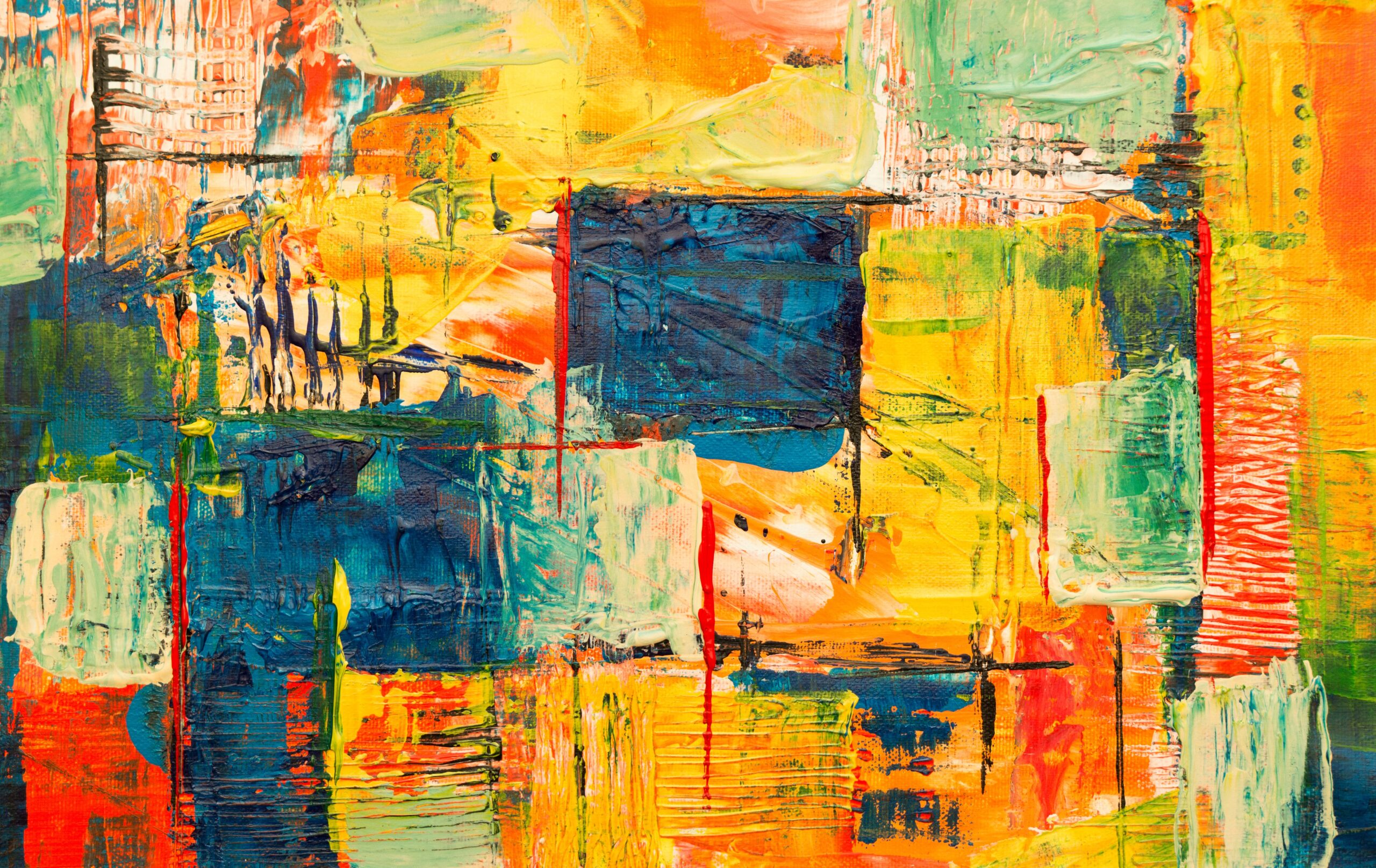
Introduction:
Color is an integral part of our daily existence, and its psychological impact goes far beyond aesthetics. The psychology of colors examines the intricate relationship between colors and human emotions, behaviors, and perceptions. This exploration reveals the nuanced ways in which colors shape our experiences and influence decision-making in various aspects of life.
Color Associations:
The study begins by unraveling the associations people instinctively make with specific colors. For instance, red is often linked to passion and energy, while blue is associated with calmness and trust. Understanding these universal or culturally specific associations forms the foundation of color psychology.
Applications in Marketing:
Businesses leverage the emotional resonance of colors to communicate with consumers on a subconscious level. The topic delves into how marketing professionals strategically select colors in branding to evoke desired emotions and perceptions. The red and yellow hues in fast-food logos, for example, aim to stimulate appetite and create a sense of urgency.
Interior Design and Environmental Influence:
Colors play a pivotal role in shaping the ambiance of our living spaces. The exploration extends to how interior designers use colors to create specific atmospheres – warm tones for coziness, cool tones for serenity. It also touches upon the psychological impact of color choices in public spaces, such as hospitals, schools, and offices.
Color Therapy:
Delving into the therapeutic aspects, the study examines color therapy, a holistic healing method that utilizes colors to promote physical, emotional, and mental well-being. It explores how different colors are believed to have distinct healing properties, influencing mood and contributing to overall health.
Artistic Expression and Cultural Variances:
Artists are masters at using colors to convey emotions and messages. The study analyzes the psychological impact of color choices in art, considering cultural variations in color symbolism. What may signify mourning in one culture could symbolize celebration in another.
Human Perception and Color Blindness:
Understanding the science of how humans perceive colors is crucial. This includes exploring the biological and psychological aspects of color vision. The study also delves into the experiences of individuals with color blindness, shedding light on how their perception of the world differs and the societal challenges they navigate.
Evolutionary Roots:
Taking a step back, the exploration extends to the evolutionary roots of color preferences. It considers how our ancestors may have developed specific responses to certain colors based on survival instincts, exploring the deep-seated reasons behind our affinity for certain hues.
Conclusion:
In conclusion, the psychology of colors in everyday life is a rich tapestry woven from threads of science, art, culture, and evolution. It’s an exploration of the subtle yet profound ways in which colors influence our thoughts, feelings, and actions. As we navigate the colorful world around us, understanding the psychology behind it adds depth to our experiences and opens a realm of possibilities for intentional living.

General Question Related to Psychological Effects of Color
1. Question: What is the term used to describe the study of how colors affect human emotions, behaviors, and perceptions?
- Answer: Color psychology.
2. Question: In color psychology, what emotion is often associated with the color blue?
- Answer: Calmness and trust.
3. Question: How do businesses strategically use colors in branding to influence consumer behavior?
- Answer: Businesses use colors to evoke specific emotions and perceptions associated with their brand.
4. Question: Which fast-food chain uses red and yellow in its logo to stimulate appetite and create a sense of urgency?
- Answer: McDonald’s.
5. Question: In interior design, what type of atmosphere do warm tones like red and orange often create?
- Answer: Coziness and warmth.
6. Question: What is color therapy, and how is it used for holistic healing?
- Answer: Color therapy is a holistic healing method that uses colors to promote physical, emotional, and mental well-being.
7. Question: How do artists leverage the psychology of colors in their creations?
- Answer: Artists use colors to convey emotions and messages in their artwork.
8. Question: What is the term for individuals who experience color blindness, and how does it impact their perception of the world?
- Answer: Colorblind individuals; it affects their ability to distinguish certain colors.
9. Question: What role do colors play in shaping the ambiance of living spaces according to interior design principles?
- Answer: Colors can influence mood and create specific atmospheres in living spaces.
10. Question: How does the psychology of colors vary across cultures? – Answer: Cultural backgrounds influence the way people perceive and interpret colors.
11. Question: Which color is often associated with passion and energy in color psychology? – Answer: Red.
12. Question: How do warm and cool color tones differ in their impact on a room’s atmosphere? – Answer: Warm tones create a cozy atmosphere, while cool tones evoke a sense of serenity.
13. Question: Name a well-known color therapy practice and its associated color for promoting relaxation. – Answer: Chromotherapy; blue is often associated with relaxation.
14. Question: How does color influence consumer decisions in shopping environments? – Answer: Colors can impact perceptions of product quality and influence purchasing decisions.
15. Question: Which famous painting by Vincent van Gogh prominently features the color yellow, symbolizing sunlight and warmth? – Answer: “Sunflowers.”
16. Question: In the context of color psychology, what does the color green often symbolize? – Answer: Growth, harmony, and nature.
17. Question: How do color preferences and associations have evolutionary roots? – Answer: Our ancestors may have developed preferences for certain colors based on survival instincts.
18. Question: What is the term for the inability to see any color, resulting in a black-and-white perception of the world? – Answer: Achromatopsia.
19. Question: How can the use of contrasting colors enhance visual appeal in design? – Answer: Contrasting colors create visual interest and make elements stand out.
20. Question: Which color is often associated with feelings of happiness and positivity in color psychology? – Answer: Yellow.
For More Interesting Topic Visit to Our Home Page
Image from Visit






